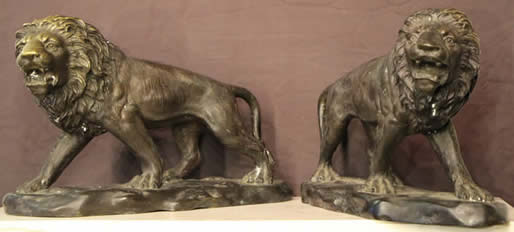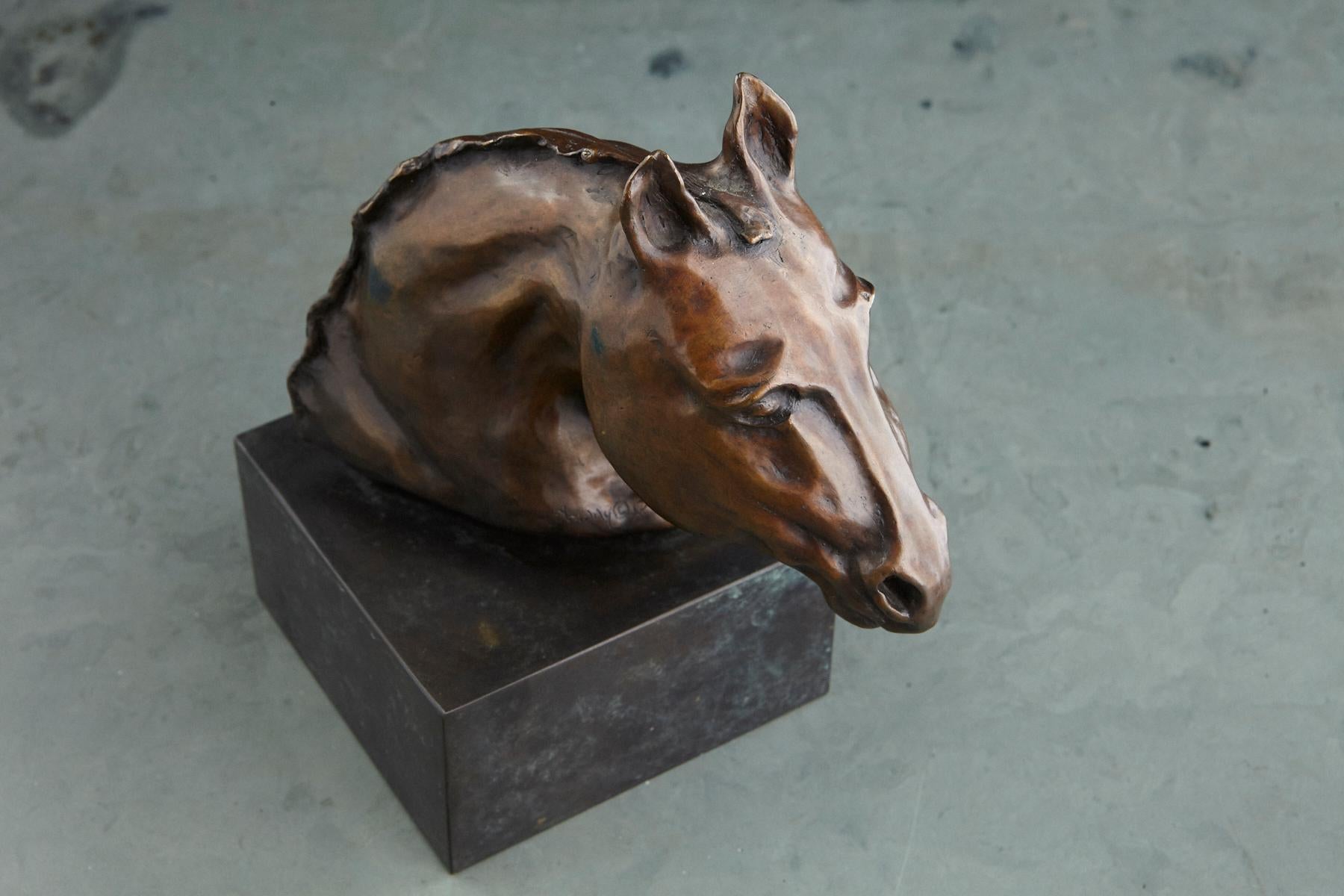

They created life-size and life-like sculpture which glorified the human and especially nude male form.

In the Classical period, Greek sculptors would break off the shackles of convention and achieve what no-one else had ever before attempted. Sculptors strived to make the piece seem carved from the inside rather than chiselled from the outside. By 500 BCE Greek sculptors were finally breaking away from the rigid rules of Archaic conceptual art and beginning to reproduce what they actually observed in real life.

A more natural proportion of the figure was also established where the head became 1:7 with the body, irrespective of the actual size of the statue. Female kore followed a similar evolution, particularly in the sculpting of their clothes which were rendered in an ever-more realistic and complex way. Around 480 BCE, the last kouroi become ever more life-like, the weight is carried on the left leg, the right hip is lower, the buttocks and shoulders more relaxed, the head is not quite so rigid, and there is a hint of a smile. Excellent examples of this style of figure are the kouroi of Argos, dedicated at Delphi (c. In 1916, at the age of 31, he killed himself.Slowly, arms become slightly bent giving them muscular tension and one leg (usually the right) is placed slightly more forward, giving a sense of dynamic movement to the statue. This deeply affected Bugatti because he had used many of these animals as objects for his sculpture. His art works are now also highly priced. During World War I the Antwerp Zoo was forced to kill most of its wild livestock. His animal figures such as elephants, panthers and lions became his most valuable and popular works. The silver elephant mascot that sits on top of the radiator of the Bugatti Royale was cast from one of Rembrandt`s original sculptures.
BRONZE ANIMAL AGE STATUES PROFESSIONAL
Making his first professional appearance at the Venice Biennale in 1902, Bugatti followed in the tradition of the great impressionists Medardo Rosso, Edgar Degas, and Auguste Rodin, with additional influences from art nouveau, symbolism. Bugatti`s love of nature led to him spending a great deal of time in the wildlife sanctuary near the Jardin des Plantes in Paris or at the Antwerp Zoo where he studied the features and movement of exotic animals. Although he is represented in many large museums around the world, in particular in France, Great Britain and the USA, he is less well known to the German public. The life of Rembrandt BugattiĪs a child he hung around his father`s workshop and was encouraged to try sculpting in plasticine by the family friend and renowned Russian sculptor, Prince Paolo Troubetzkoy. In his short life he produced more than 300 works, an oeuvre which is unparalleled for descriptive intensity and diversity of form and subject. His older brother was Ettore Bugatti who became one of the world`s most famous automobile manufacturers. His father was known for his exotic and fanciful furniture, silver, metalwork and musical instruments. Was an Italian sculptor, known primarily for his bronze sculptures of wildlife subjects. Born in Milan, into a family with a strong and long tradition in the arts, Rembrandt Bugatti was the second son of Carlo Bugatti and his wife, Teresa Lorioli.


 0 kommentar(er)
0 kommentar(er)
